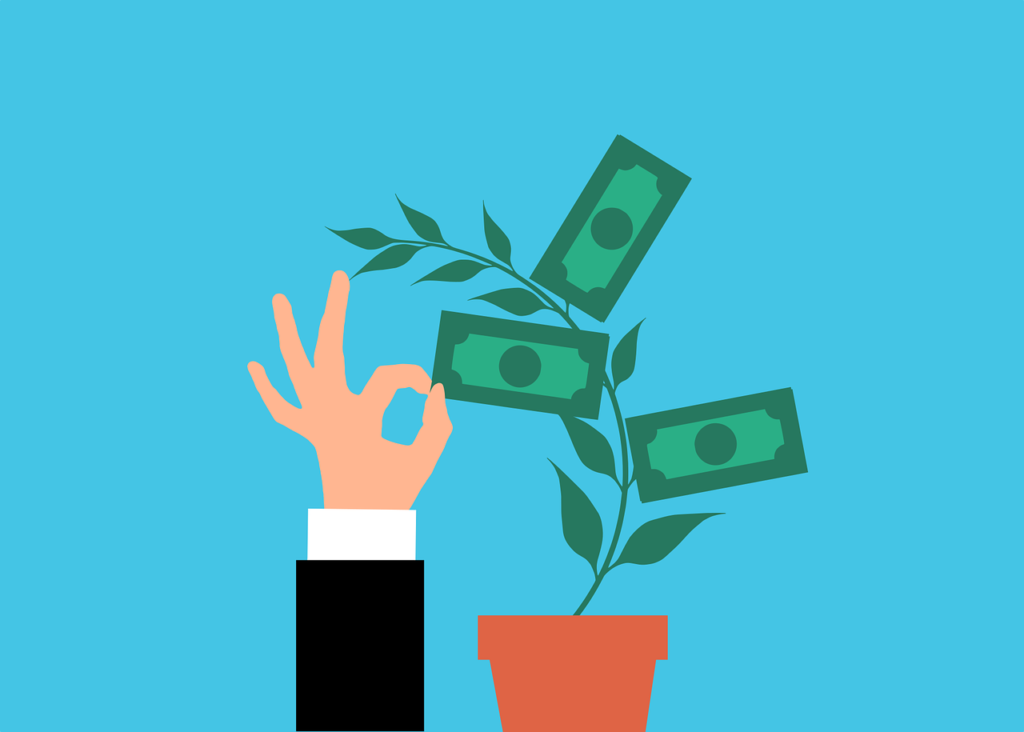My mom is a real estate agent and growing up she always told me “real estate is always a good investment because they aren’t making any more land!” While I may not have understood the nuances of supply and demand and natural appreciation over time, I saw through her experience and example that holding real assets such as land or single family homes over time resulted in appreciation and a nice return on your investment.
When I purchased my first rental property, a single family home, this was my end goal: rent it out to cover my mortgage payment and over time let the appreciation build and one day, 20 years from now, sell it and make a nice profit. In other words, enjoy the benefit of natural appreciation over time while my renters essentially paid down the mortgage balance. This is a great plan and where many real estate investors begin their journey.
However, there are three problems with this approach
- It takes a long time.
- You don’t have any control over market valuations. When you’re ready to sell, you hope the market will have appreciated enough to give you a healthy profit, but the value of your asset is really dependent upon comparable sales at the time. Let’s hope you’re not trying to sell in the middle of a depressed market.
- Did I mention it can take a long time?
What if you could control the value of your real asset? Well, with multifamily and commercial real estate YOU CAN! This concept is called forced appreciation and it is one of the amazing benefits to multifamily investing.
How does it work?
The concept of forced appreciation revolves around how multifamily assets are valued. Unlike single family homes, multifamily assets are businesses that are valued based on the net operating income (NOI). This means that you have control over the asset’s value because you can control the NOI through increasing revenue or decreasing expenses.
Here are the factors that go into calculating the value of a multifamily asset:
Net Operating Income: Very simply this is your net income before any debt service fees and capital expenditures.
(Rental Income – Vacancy and Bad Debt) – Operating expenses = Net Operating Income
Capitalization Rate (aka Cap Rate): Is a calculation of the asset’s return, calculated as the NOI divided by the value of the asset. This value tends to be driven by the market and is a reflection of the risk and quality of the investment. A riskier, less stabilized market will tend to have a higher on average cap rate than a predictable, growing and stabilized market. The Cap Rate does not take into account any mortgage payments. This number is most valuable in a market where there are comparable sales to determine if the price being offered is reasonable relative to other sales.
Let’s look at an example
Let’s say you purchase a 20 unit apartment building in Cash Flow, USA for $1M. The Net Operating Income of the property when you purchase is $80K. You purchased the property at an 8% cap. We can also assume that the relative cap rate of the market at the time of purchase is 8%, based on the valuation of similarly priced assets based on recent sales.
Over the course of 2 years you increase the income of the property by renovating all of the units and bringing the rents up to market value. You also introduce coin based laundry machines and begin charging for covered parking spaces. You reduce expenses by fixing maintenance issues like water leaks and negotiating better contracts for things like garbage and snow removal.
At the end of 2 years your NOI is now $120,000. At a market cap rate of 8%, your asset is now worth $1.5M! You forced the appreciation of the asset by $500k over the course of two years!
Calculated by: NOI / Cap Rate = 120,000/8% = $1,500,000
Note that the market cap rate may have changed since the time of purchase, but let’s keep it simple here.
While it’s true that small multi-family, or single family homes may currently be experiencing record-breaking appreciation thanks to a number of global pandemic related factors, it’s important to understand that that kind of appreciation is an anomaly and not something that you as an individual investor have any control over. Sure, you can take advantage of that market cycle by selling or doing a cash out refinance to tap into that equity, but there is no telling how long this phase will last and when it’s over and the market corrects you can kiss that appreciation goodbye.
What I love about multifamily assets is that you don’t have to wait around for the market to naturally appreciate, you are in control of the asset’s value based on how you run the business. You are not at the mercy of the market or comparable sales. This is also why the hallmark of a great deal is where there is significant opportunity to improve the NOI of the property. What other investment vehicles out there put you as the investor in the driver’s seat to control the value of the asset? This is just one of the reasons I am such a believer in the power of multifamily real estate!

